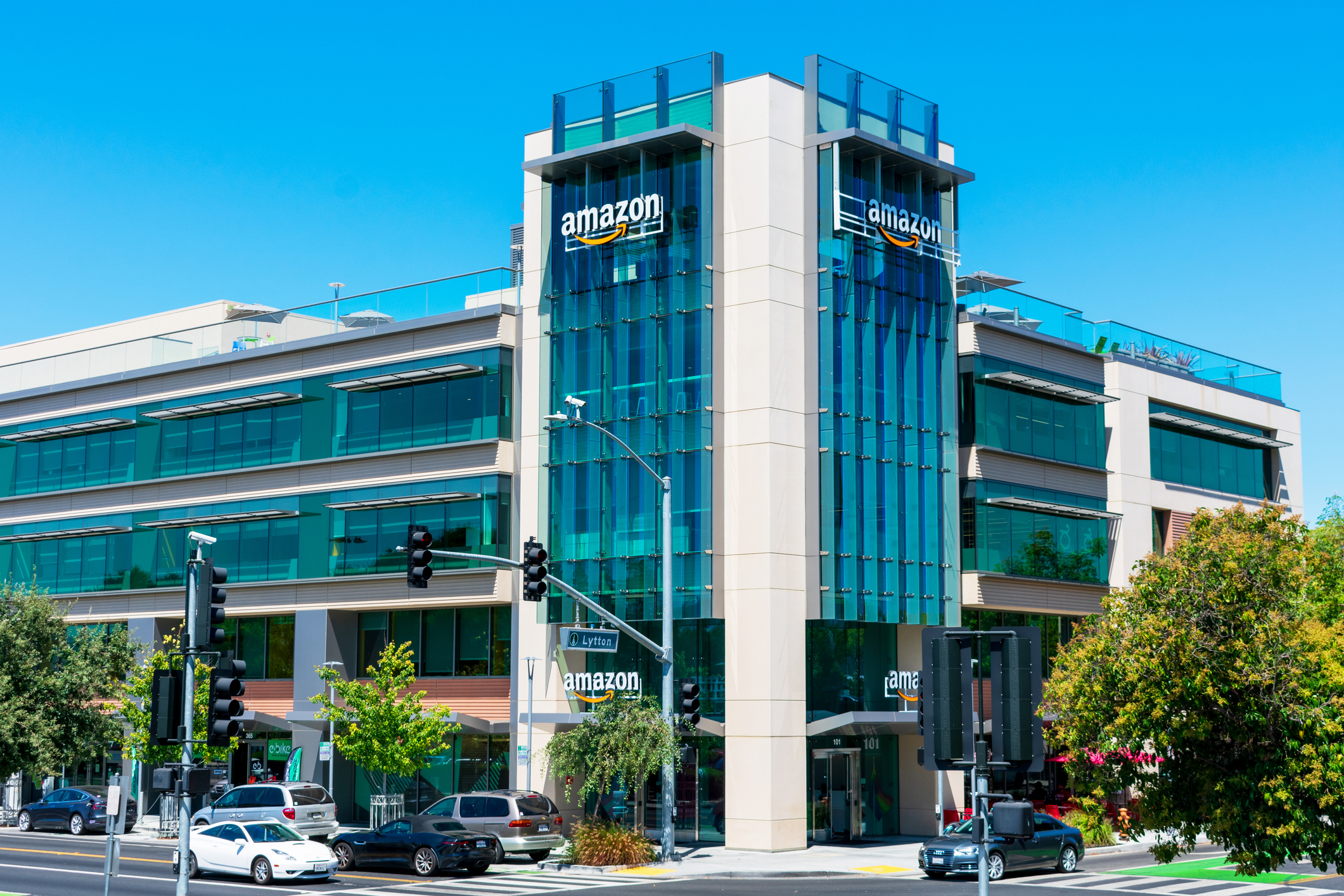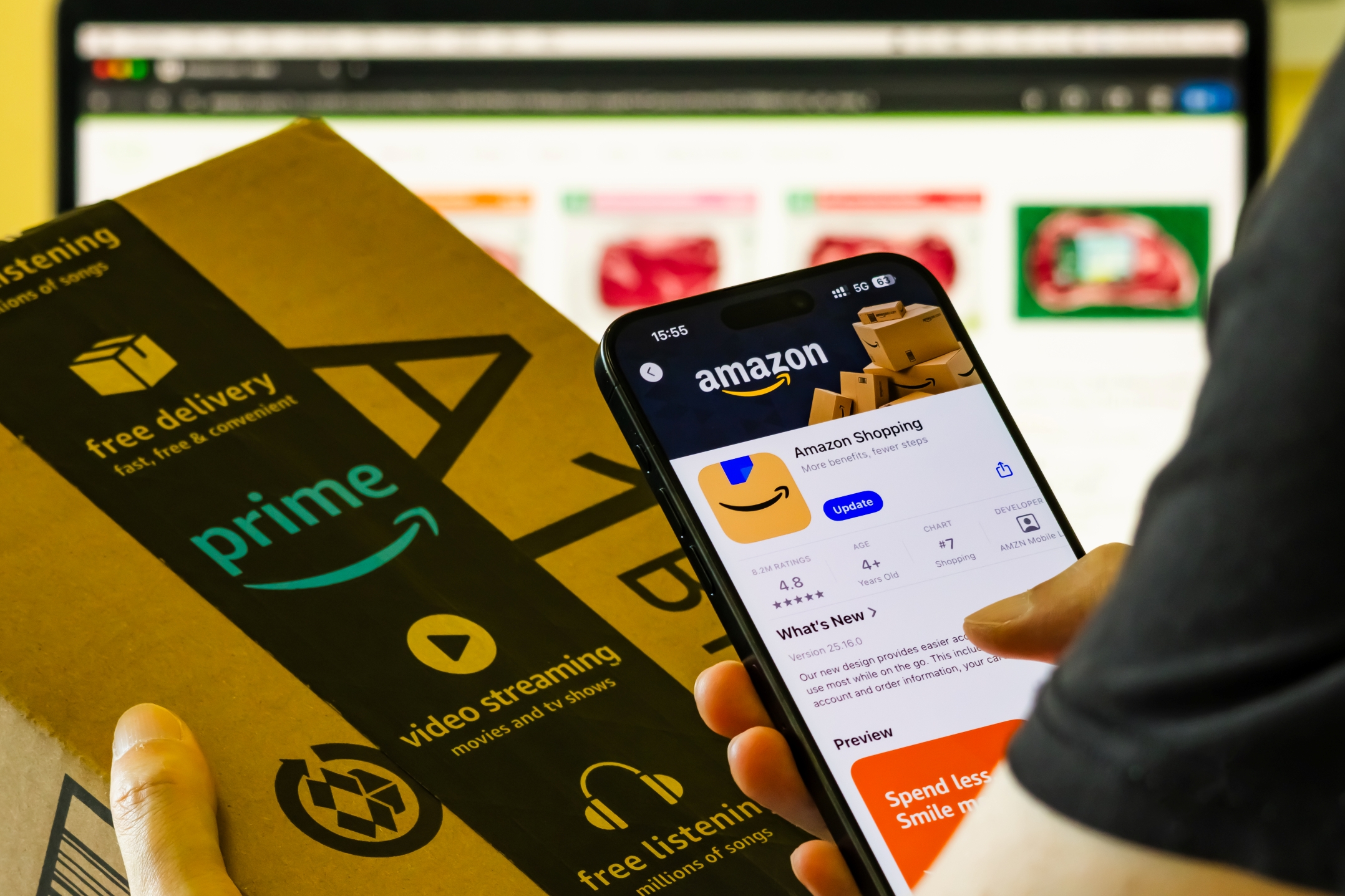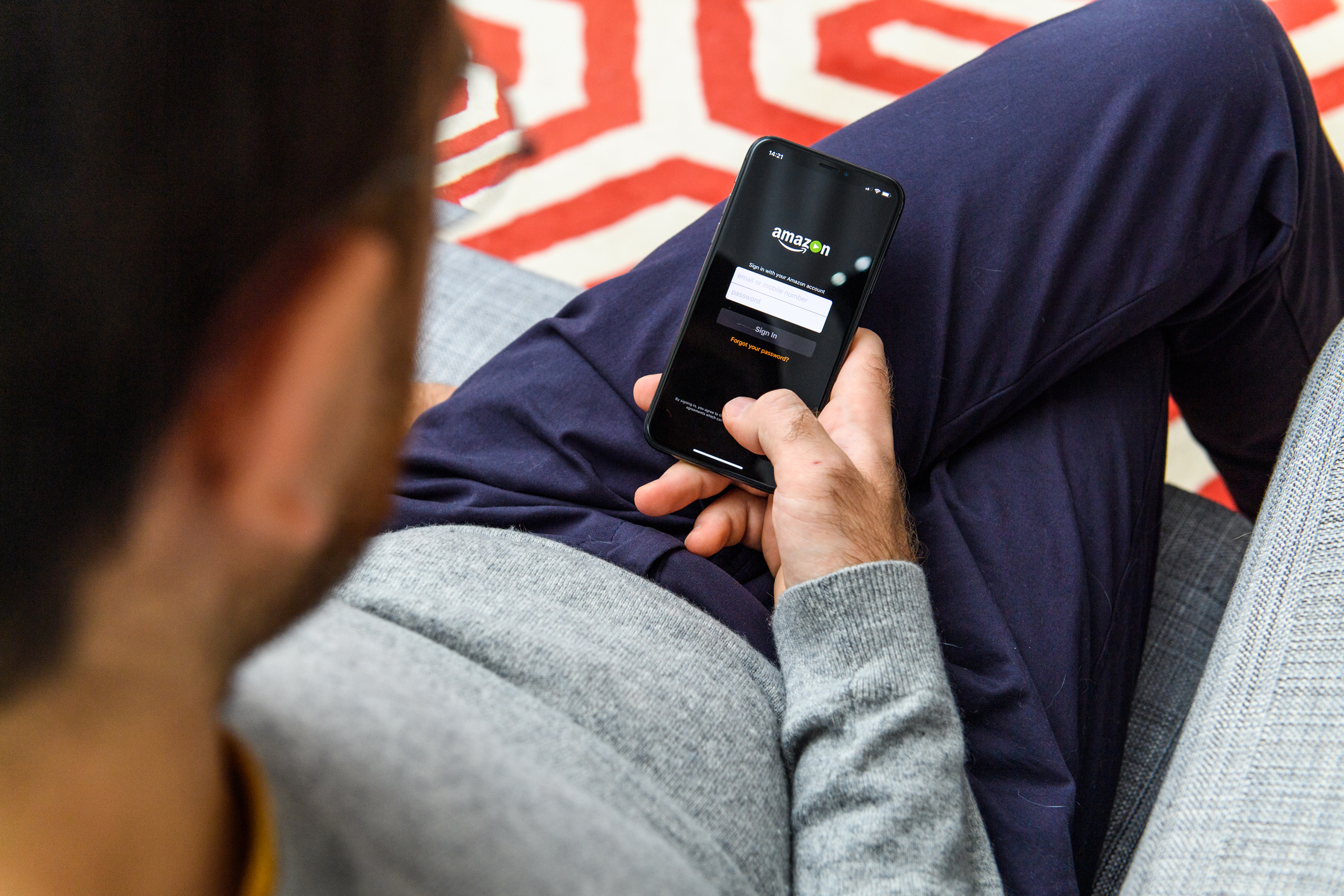On Thursday, Amazon agreed to settle a lawsuit filed by the Federal Trade Commission (FTC) for a total of $2.5 billion. The settlement is one of the largest in FTC history, with $1 billion going toward civil penalties and $1.5 billion going out to Amazon customers.
The lawsuit centered on what the FTC described as “manipulative, coercive, or deceptive user-interface designs” that “trick” consumers into joining Amazon Prime and make it difficult or confusing to cancel the automatically renewing membership program. As part of the settlement, Amazon denies any wrongdoing.
If you’ve ever accidentally joined Amazon Prime or enrolled without realizing that the membership would auto-renew indefinitely until you canceled, you might be entitled to a payout from this settlement. If you decided to cancel Amazon Prime only to find it confusing or complicated to actually do so, you might also qualify. Here’s what you need to know about the case itself and about the payouts that will be rolling out over the next few months.
Sign up for Kiplinger’s Free Newsletters
Profit and prosper with the best of expert advice on investing, taxes, retirement, personal finance and more – straight to your e-mail.
Profit and prosper with the best of expert advice – straight to your e-mail.
What is the FTC lawsuit against Amazon about?

(Image credit: Getty Images)
The original complaint filed by the FTC back in 2023 focuses on a two-part problem:
- Amazon Prime is so easy to join that, according to the lawsuit, customers are accidentally enrolled without realizing it.
- Once enrolled, the process if you decide to cancel Amazon Prime is unnecessarily confusing and complicated, according to the FTC complaint.
On the first point, the FTC describes multiple “enrollment flows” using vague language that doesn’t make it clear that you’re actually signing up for the shopping membership, let alone agreeing to let that membership auto-renew indefinitely until you cancel.
In one example cited in the lawsuit was the shipping options page. At the top of the list of shipping options displaying different prices and speed options, the default selection was “FREE Same-Day Delivery with a free trial of Amazon Prime” or similar phrasing that would enroll you into Amazon Prime if you didn’t actively change it to one of the other shipping options.
On the other end, the FTC alleged that the cancellation process was an unnecessarily complicated multi-step process with repeated “save offers” that shoppers had to navigate through before they could finally end their Prime membership.
In Amazon’s motion to dismiss the case filed in 2023 a few months after that original complaint, the company denied the FTC’s claims, arguing that the enrollment and cancelation processes for Amazon Prime “comply with current law” and that members who want to end their membership are “given multiple simple mechanisms to cancel.”
While the settlement is not an admission of guilt on the company’s part, Amazon did agree to make its enrollment pages more transparent and its cancelation process more straightforward along with the $2.5 billion in penalties and customer refunds.
How much does Amazon have to pay as part of the settlement?

(Image credit: Getty Images)
As part of the agreement with the FTC, Amazon must pay $1 billion in civil penalties to the commission. On top of that, it will put $1.5 billion into a consumer fund used to provide refunds to eligible consumers.
Those eligibility requirements are discussed in more detail below. But payouts will be capped at $51 per eligible customer and payout levels will be tied to the number of Amazon Prime benefits you used while enrolled. That would include things like taking advantage of free 2-day shipping or watching a show on Amazon Prime Video.
Other key terms of the $2.5 billion Amazon Prime settlement
In addition to the $2.5 billion in penalties and consumer refunds, the court order also requires the company to agree to the following terms to make the Amazon Prime enrollment process more transparent and the cancelation process more straightforward:
- Amazon must use clear language (like “join Prime”) on sign-up pages, rather than potentially misleading language (like “Yes, I want free 2-day shipping”).
- If the membership automatically renews, that must be indicated on all sign-up pages along with the dates that charges and renewals will happen.
- Sign-up pages also need to clearly display the price and prominently display the decline option. That is, if you don’t want to join Prime, the option to not join can’t be a small link saying “No thanks, I don’t want free shipping.”
- Amazon must get customers’ informed consent before charging them for any good or service. Informed consent means you are aware of what you’re signing up for, the fees involved, the autorenewal feature and any other important terms.
- Canceling a membership or turning off the autorenewal feature can’t be “difficult, costly, confusing, or time consuming.”
Who is eligible for a payout in the $2.5 billion Amazon settlement?

(Image credit: Cheng Xin / Contributor)
If you meet the criteria below, you are entitled to a full refund of the fees paid during the eligible subscription period, up to the $51 maximum:
- You enrolled in Amazon Prime sometime between June 23, 2019 and June 23, 2025.
- You did so via a “challenged enrollment flow.” That is one of the following four enrollment pages that were cited as deceptive by the FTC:
- Universal Prime Decision page: The sign-up page where the buttons read something like “Yes, I want free shipping” or “No thanks, I don’t want free shipping” even though clicking “Yes, I want free shipping” actually means you’re signing up for Prime, not just agreeing to free shipping on that order.
- Shipping Option Select page: This page typically showed up while completing your order and includes different shipping options at different speeds and prices. The default, preselected option is usually something like “FREE Same-Day Delivery with a free trial of Amazon Prime.” Choosing that (or failing to change that default selection) would enroll you in Amazon Prime.
- Prime Video enrollment flow: If you tried to sign up for a subscription to just Prime Video, only to realize you’d been enrolled in an Amazon Prime membership, you may be eligible for a claim in the settlement. That includes if you clicked on a “Watch with Prime” button under a movie or show you wanted to watch.
- Single Page Checkout: This one looked similar to the “Universal Prime Decision” page, except that it was embedded in the checkout process like the “shipping option select” page. Clicking on the button (which often displayed language like “Fast FREE Delivery” or “Try Prime FREE for 30 Days” would enroll you in the membership even if you didn’t ultimately complete the checkout process. It was discontinued in 2022 following pressure from the FTC.
- After enrolling in Prime via one of these processes, you used no more than 10 Prime benefits in any given 12-month period that your subscription was active.
- You are also eligible to make a claim if you attempted to cancel your Prime subscription but were unsuccessful – even if you didn’t originally sign up through one of the “challenged enrollment flows.” That includes starting the cancelation process, but failing to complete it or starting it but inadvertently choosing one of the “save offers” like “remind me later,” “keep my benefits, “switch to monthly payments” or “pause membership.”
How to file a claim in the Amazon settlement

(Image credit: Getty Images)
There are three groups of eligible consumers in this settlement, and payouts will go out to customers in order of which group they fall under.
- The first group includes those who enrolled through one of the “challenged enrollment flows” above and used three or fewer Prime benefits during any 12-month period after enrollment. If you are in this first group, you don’t need to do anything. Amazon will automatically send out your payment in the first round of payouts (see more on that below).
- The second group includes those who enrolled through one of the “challenged enrollment flows” above and used between three and 10 benefits during any 12-month period after enrollment. If you are in this group, you will need to file a claim form that Amazon will send out. If you don’t receive a form from the company, you’ll also be able to find it on the settlement website once it’s launched.
- The third group includes those who unsuccessfully attempted to cancel their Prime membership, regardless of how they enrolled. If you are in this group, you need to file a claim form and the same information applies as that mentioned for the second group.
If you’re not sure which group you fall under, you can wait and see if you receive a payout in the first round. If you don’t get a payout, you can file a claim to see if you’re eligible once the claim forms go out.
When will you get your settlement check?
The payout process described in the court order is a bit wonky, but the process on your side should be fairly simple. Here’s how it’s supposed to work:
- Amazon must send automatic payments to everyone who is eligible for them within 90 days of the court order.
- Within 30 days of completing those automatic payments, Amazon must send out claims forms to those who are eligible for a refund after filing a claim.
- You have 180 days from the date you received your claim form to fill it out and submit it to Amazon.
- Once you submit your claim, Amazon must review it and determine your refund eligibility and amount within 30 days.
- If the $1.5 billion consumer fund runs out before Amazon finishes paying out all eligible claims, additional claimants will be paid on a pro-rated basis based on the number of benefits used. So, if you used five benefits, you’d be lower on the priority list than someone who used four benefits.
- If, after processing and paying all eligible claims, Amazon paid out less than $1 billion, the company must make additional payments to eligible claimants, pro-rated based on the number of benefits used until it has spent at least $1 billion. So, extra payments would first go out to customers who used three or fewer benefits, then to those who used four benefits and so on until they hit that $1 billion mark.
As a consumer, then, you may expect to see an automatic refund (if you’re eligible for one) within the next three months. If you’re in the group that needs to file a claim, you should see that claim form in your email or mailbox within the next four months.
A dedicated settlement page with these details will be made and we’ll update this article when that website is up. But, in the meantime, you might want to set a reminder in your calendar to follow up on this settlement three or four months from now if you think you might be eligible for a payout.
